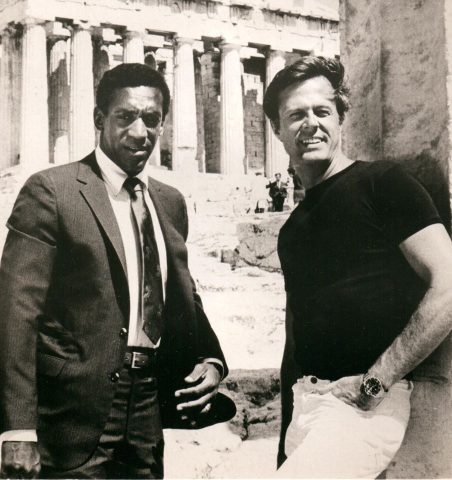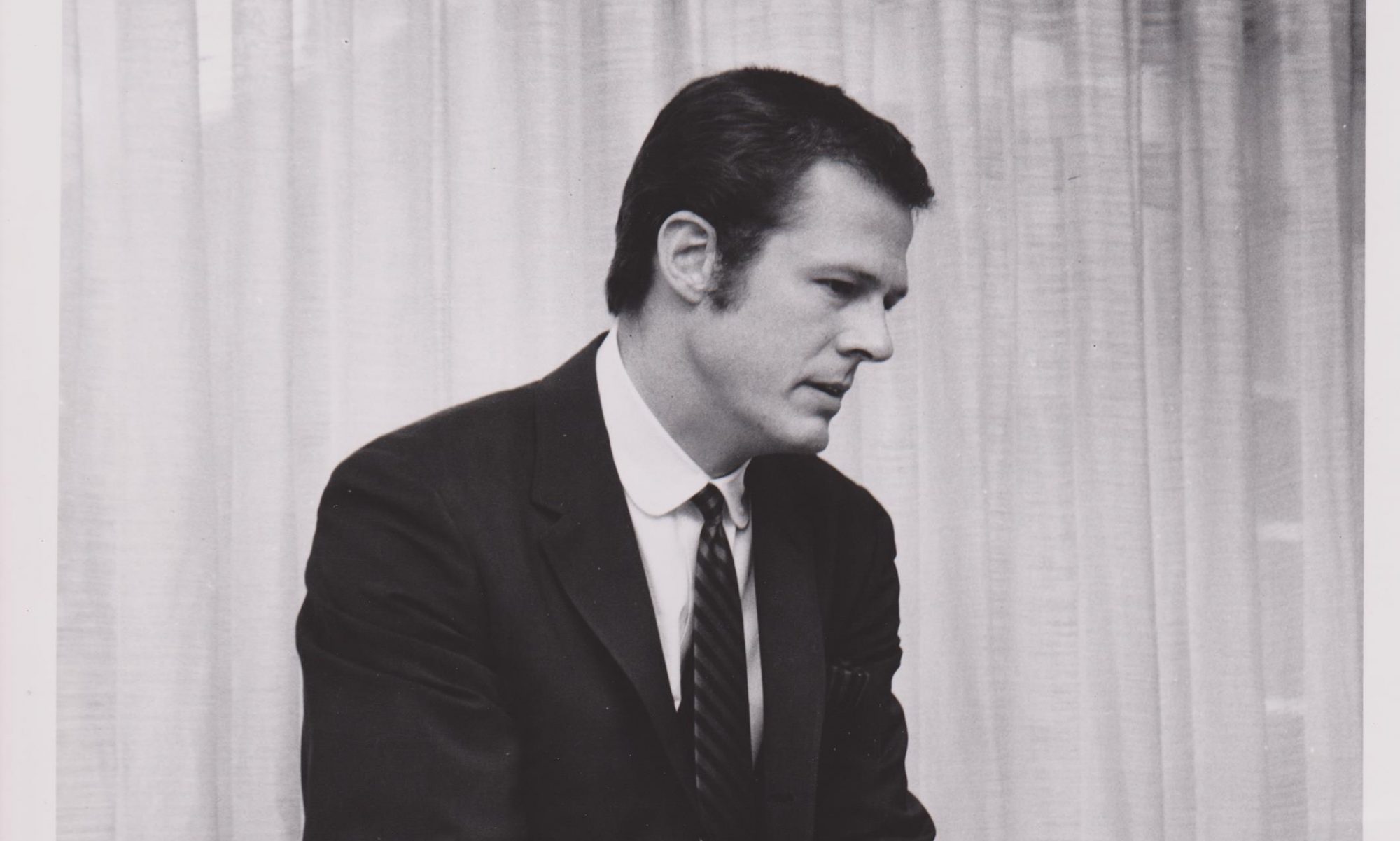On February 8th, the LA Sentinel posted an article about the History of Black Television as part of its celebration of Black History Month. The article tells a condensed chronology of important milestones in the evolution and progression of black actors and entertainers on television. Among the list of shows, of course, was I SPY.
I take issue, however, with the writer’s commentary about the show, saying, “Although I SPY was a significant breakdown of Black stereotypes it created an invisible standard for Black actors on primetime TV; Blacks are acceptable as long as they are partnered with white co-stars.”

Um, what?
I’m not sure the writer truly understands and appreciates the significance of I SPYs impact on the portrayal of black characters on television and perhaps did little to no research about the show itself, or the time period in which it came about. At the time I SPY was conceived in late ’64, blacks and whites were not supposed to be considered equals. Jim Crow and so called “separate but equal” laws existed, particularly in the south where the mere idea of a black man being shown on television as EQUAL to a white was near blasphemy.
Indeed, several NBC affiliates in the south refused to air I SPY when it first debuted in the fall of ‘65. The subtle displays of equality, things taken for granted now, were very significant at the time. Scenes showing Alexander Scott (Cosby) and Kelly Robinson (Culp) dining together, sharing hotel quarters and a wash basin together were part of the visual impact that was part of the “non-statement” statement Culp and Cosby made with the show. Color was not a factor in how the partners worked and lived together. Each had their strengths and weaknesses in physical and mental attributes that complimented each other. In fact, Scott was the Rhodes Scholar who spoke several languages and had an understanding of world history and cultures along with a mechanical aptitude that would have made MacGyver proud. Kelly, on the other hand, was the first to tell you that he was more often than not the dummy of the two. He wasn’t, necessarily, but if somebody was speaking a foreign language he always turned to Scotty for a translation.
The first episode of I SPY, “So Long Patrick Henry,” written by Robert Culp, is a story of black characters not seen on television up to that point. Subsequent Culp penned scripts such as “The Loser” and “Court of the Lion” were also black stories not seen on the television prior.
Comedian Godfrey Cambridge, who played the villain in Culp’s “Court of Lion” episode, was very clear to TV Guide in 1966: “A Negro’s always got to be the Good Guy on TV these times. I am tired of being loved. Now this king of the Zulus is the first villain I’ve been allowed to play on TV. I’m doing a black Goldfinger. Bob Culp had the guts to put me in this part. So many other people in this town would say, ‘Let’s not have an argument, let’s make the Zulu an Indian.’ But Culp says, ‘Let’s do it right.’ That’s what I like about Culp.”
In the same article, I SPY co- producer Mort Fine said, “There is a wide audience acceptance of the camaraderie between Culp and Cosby, the white man and the Negro. People want to do the right thing, white to Negro. I think it’s vicarious. They want to watch it in action.”
“Yeah,” Cambridge said sardonically, “watching I Spy on the tube provides a relationship with a Negro with no risk.”
Cambridge obviously knew different. And if there had truly been no risk, why did affiliates in the south initially refuse to air the show?
Simple. The image I SPY portrayed, the equal working relationship and friendship of Robinson and Scott, a white man and a black man, was powerful.
Very powerful.
I would hope that Ms. Buck, the writer of the article, will someday take some time to truly get to know I SPY, watch several episodes (I could offer some recommendations) and take a moment to learn more of the history of it and of the time period it was created in. Then perhaps she will understand that the standard I SPY set was NOT that “blacks are acceptable as long as they are partnered with white co-stars” it was that blacks were acceptable as strong, independent, intelligent, resourceful people regardless if they were paired with a white co-star or not.

